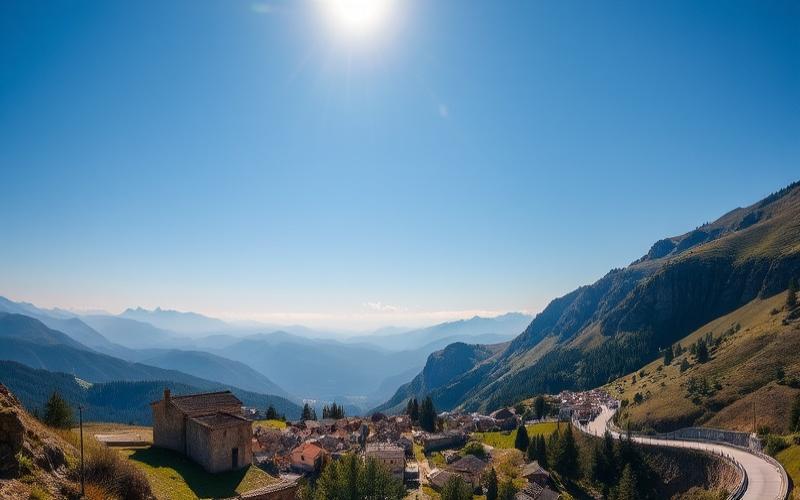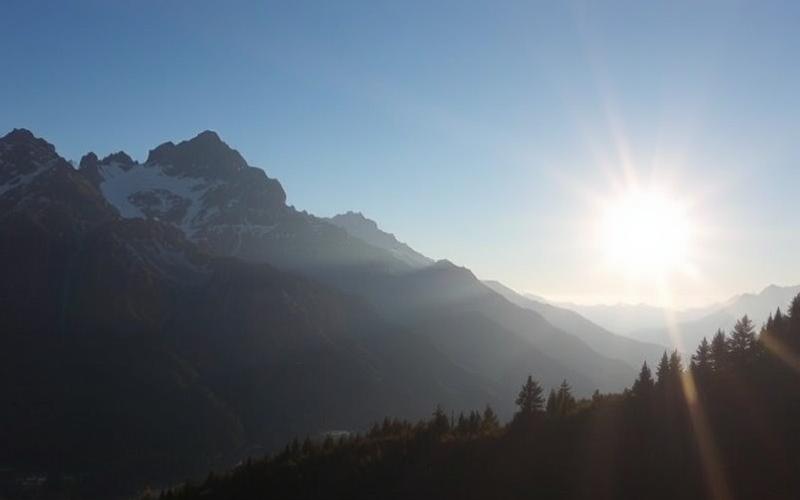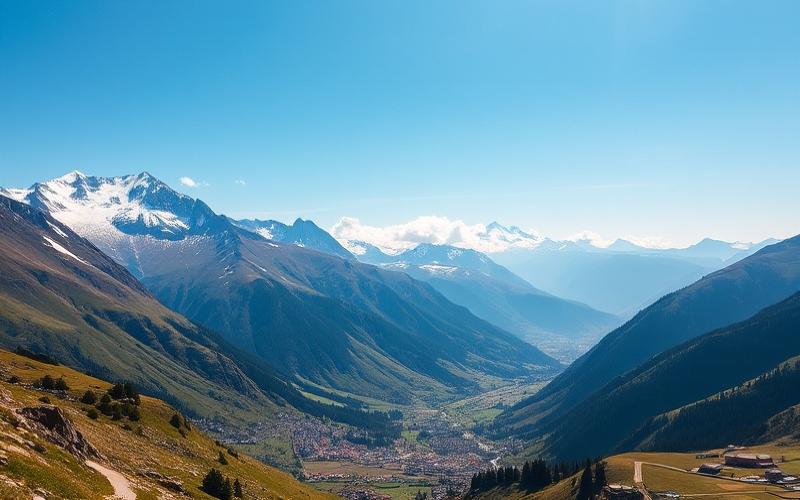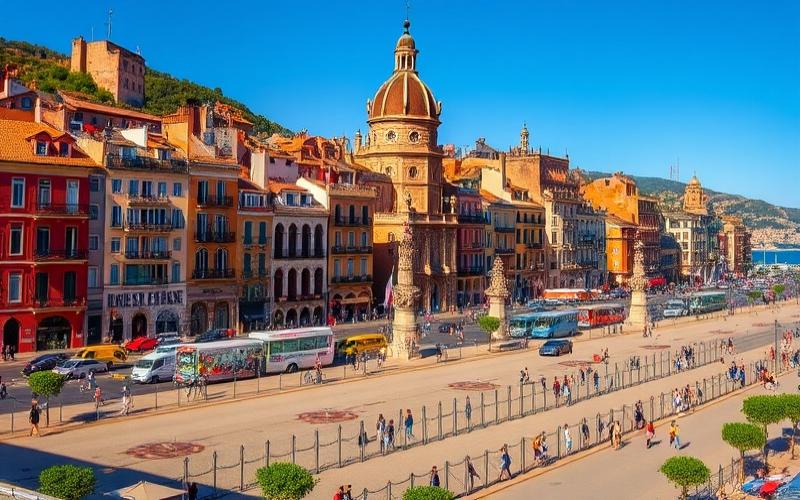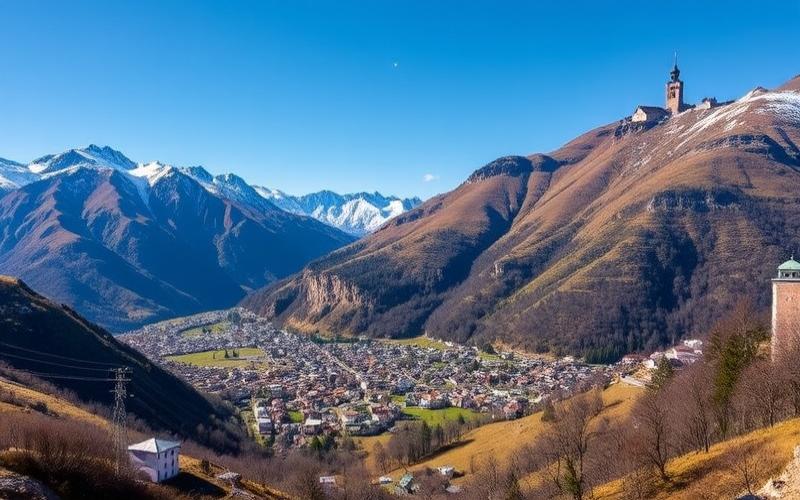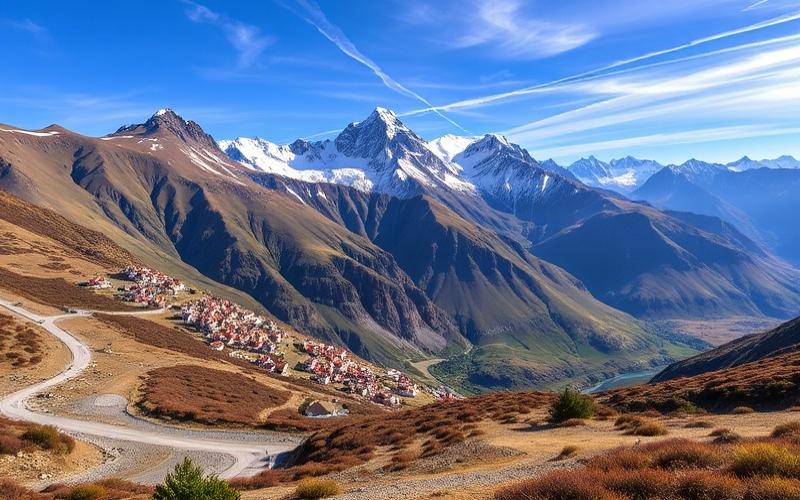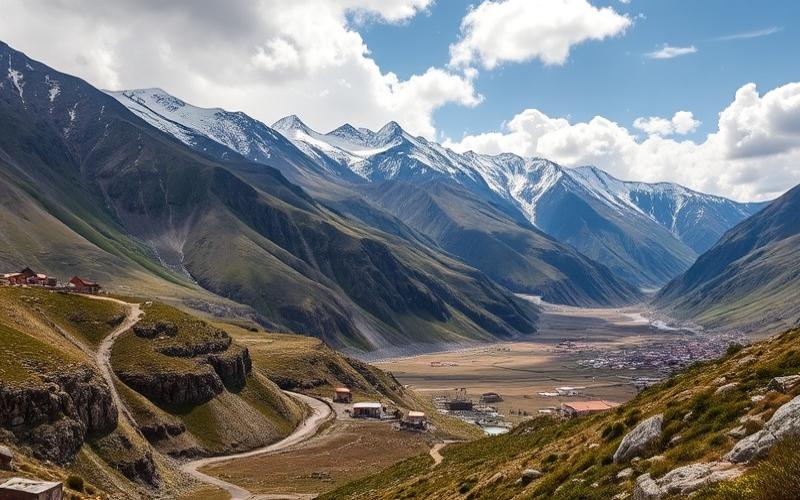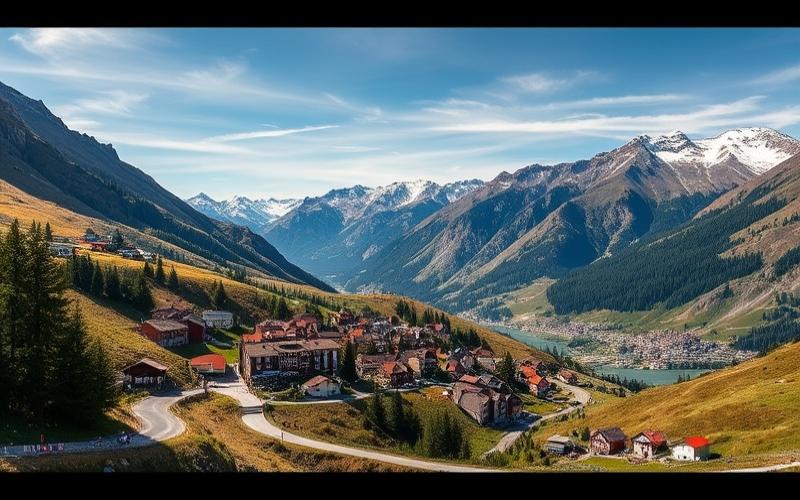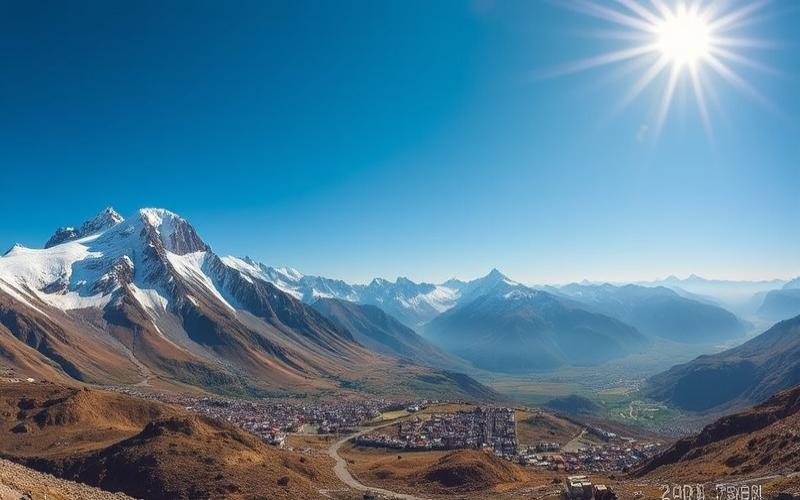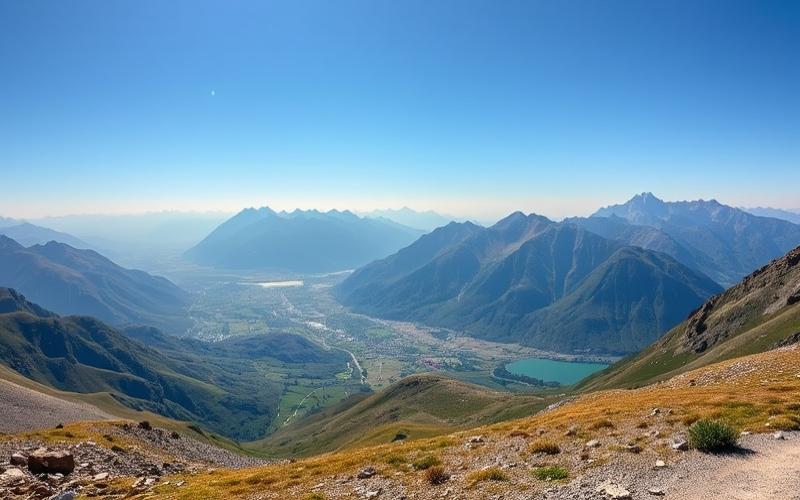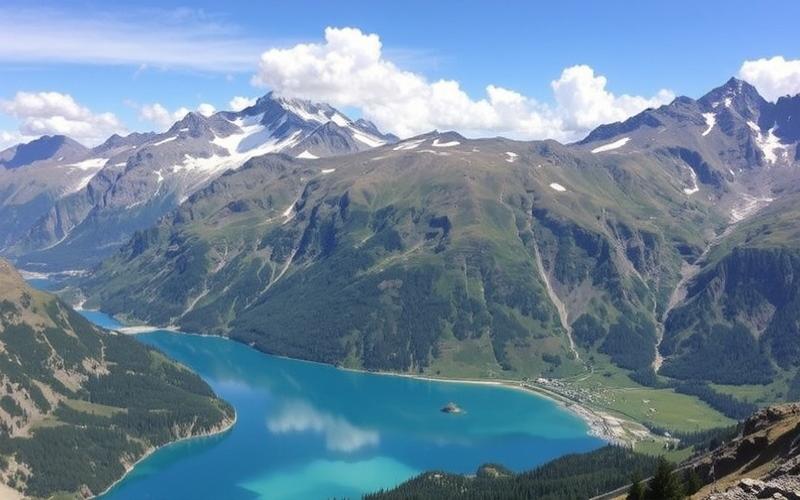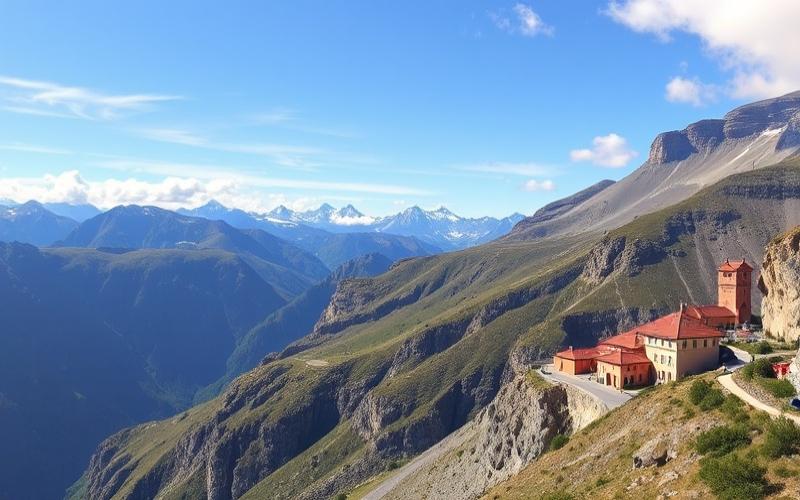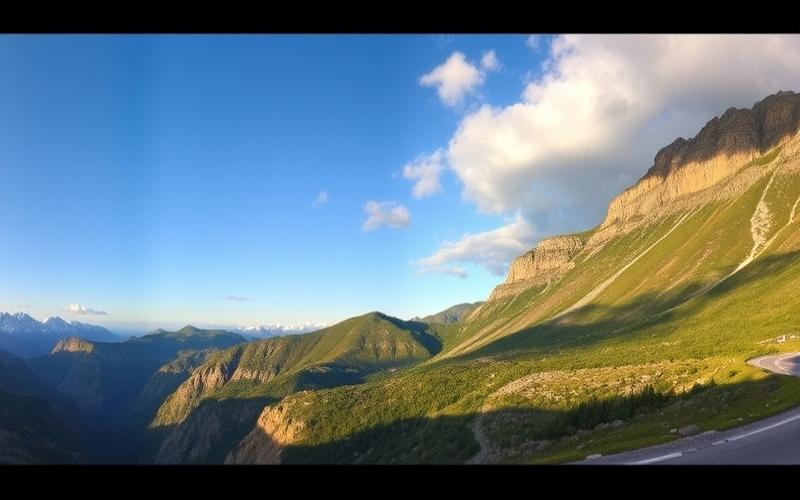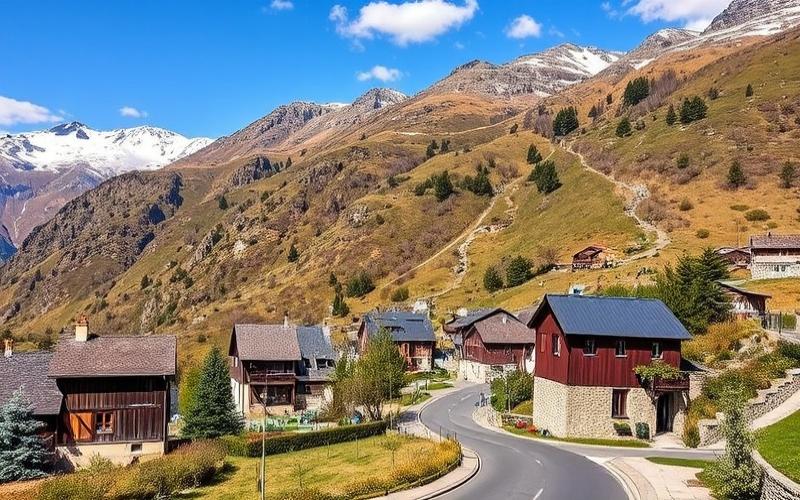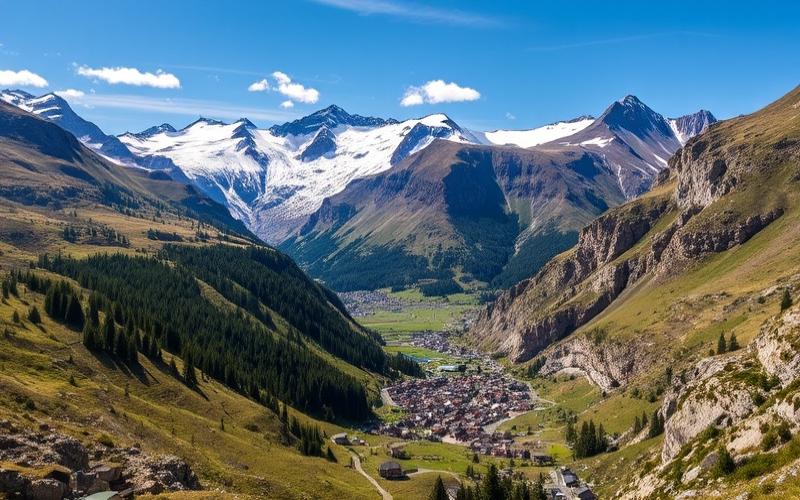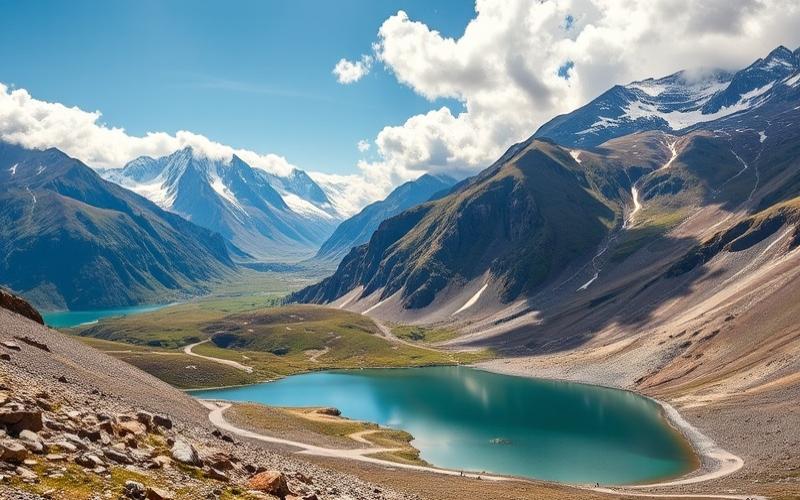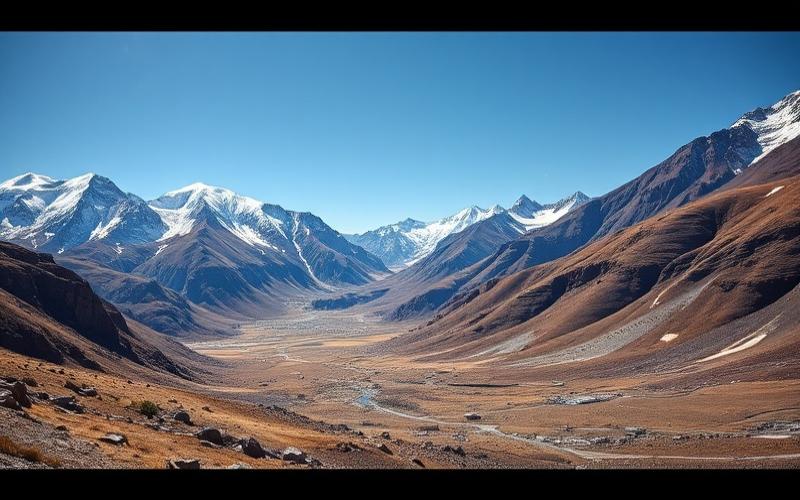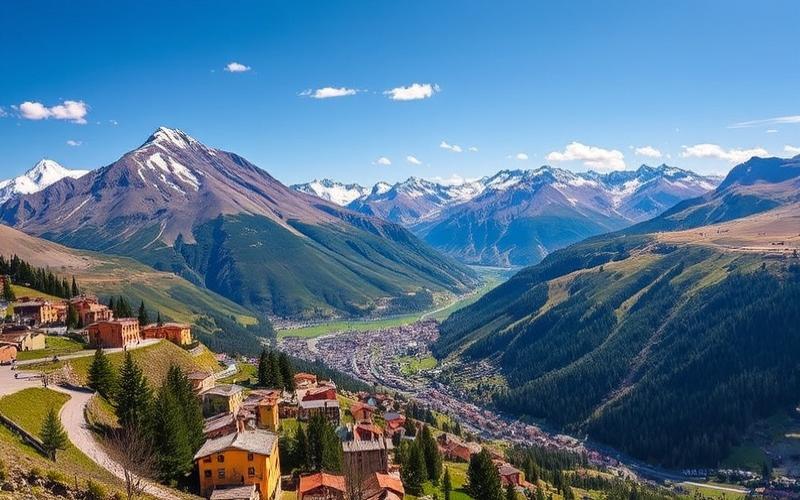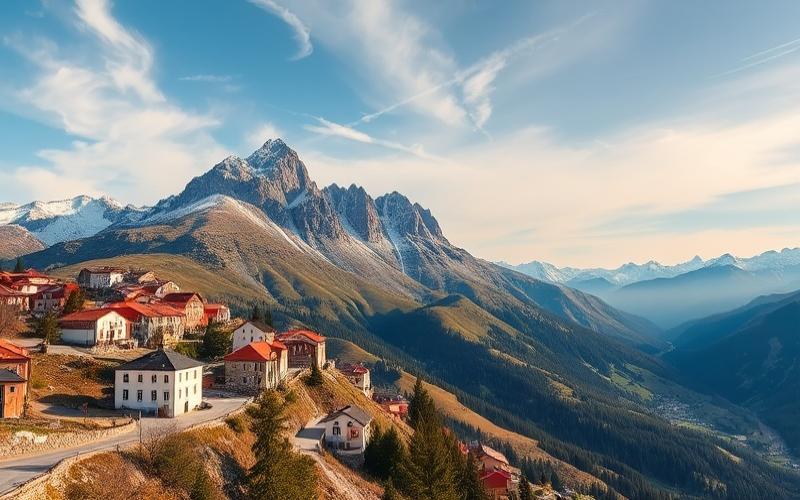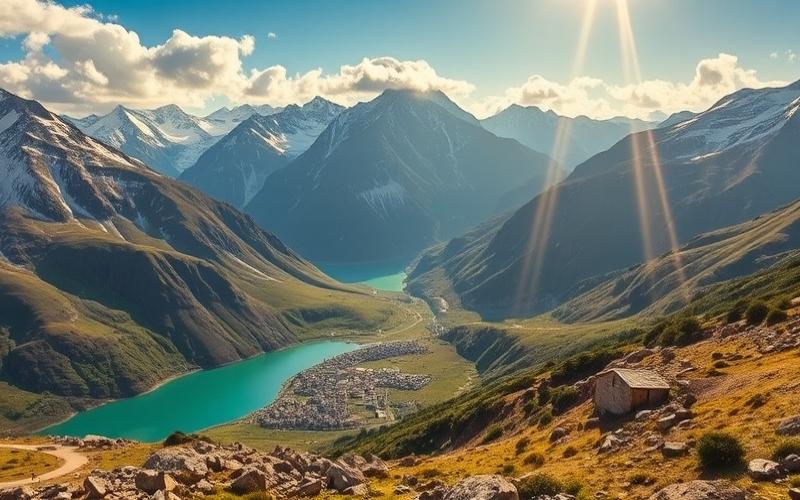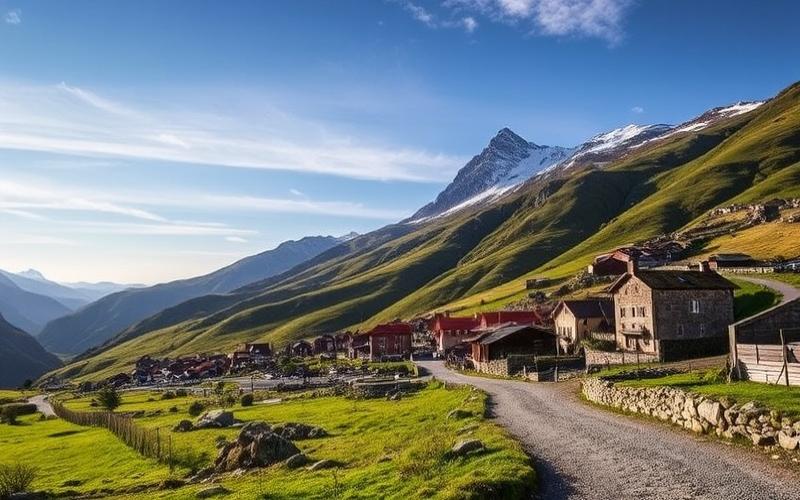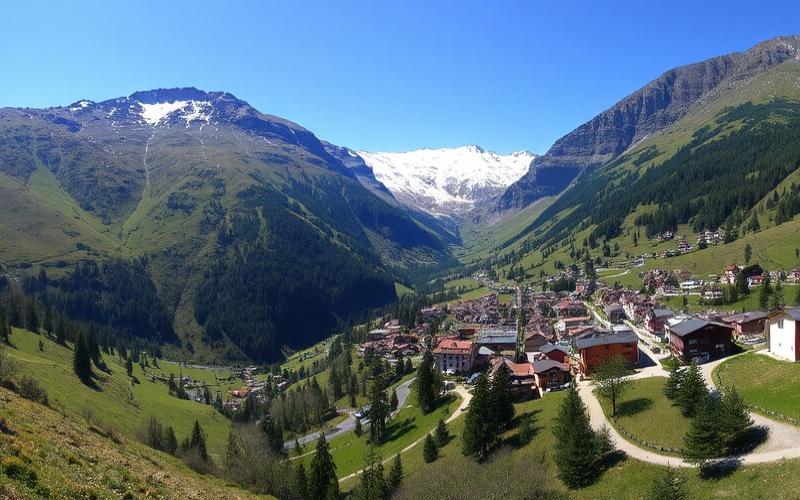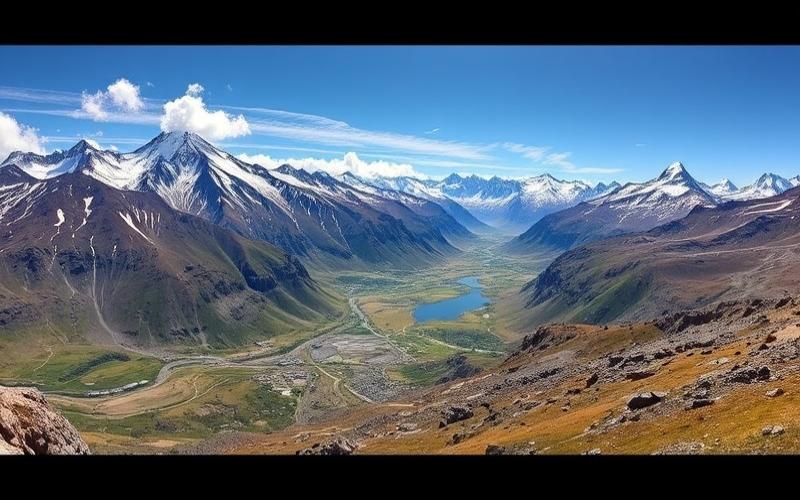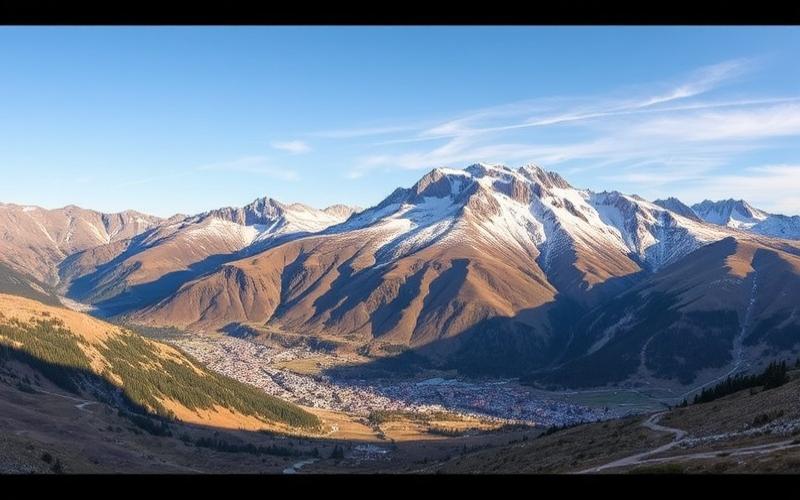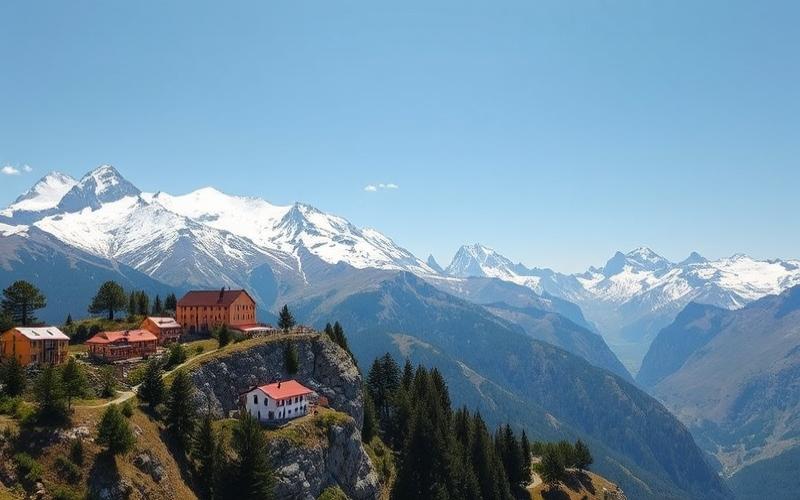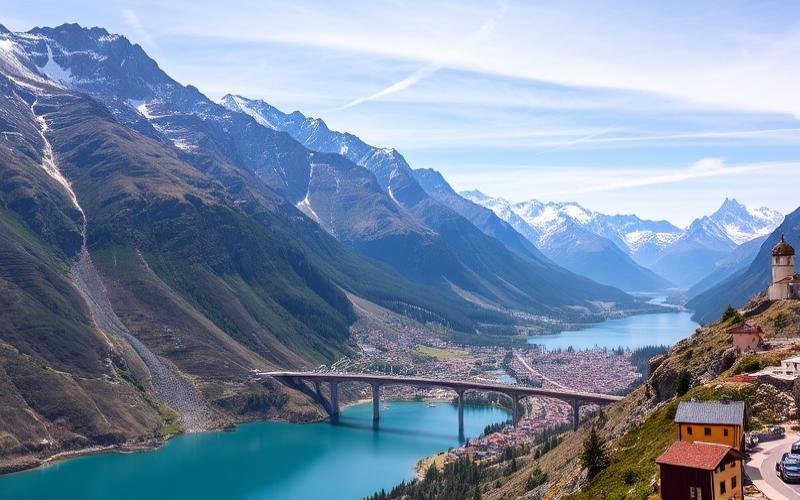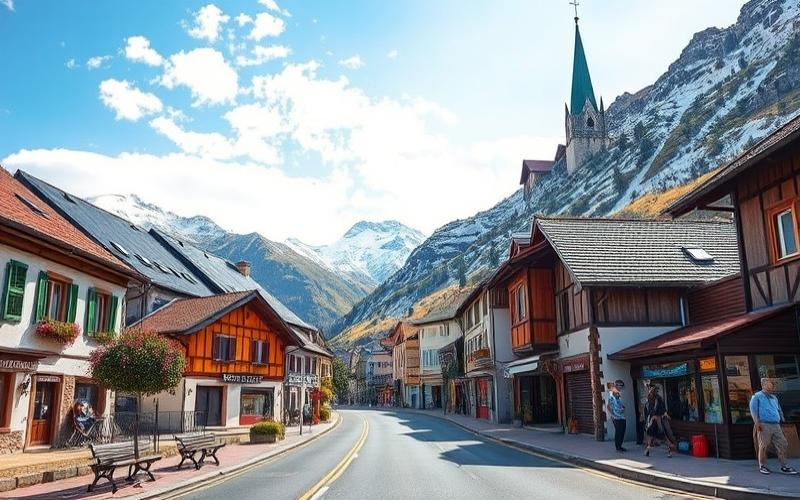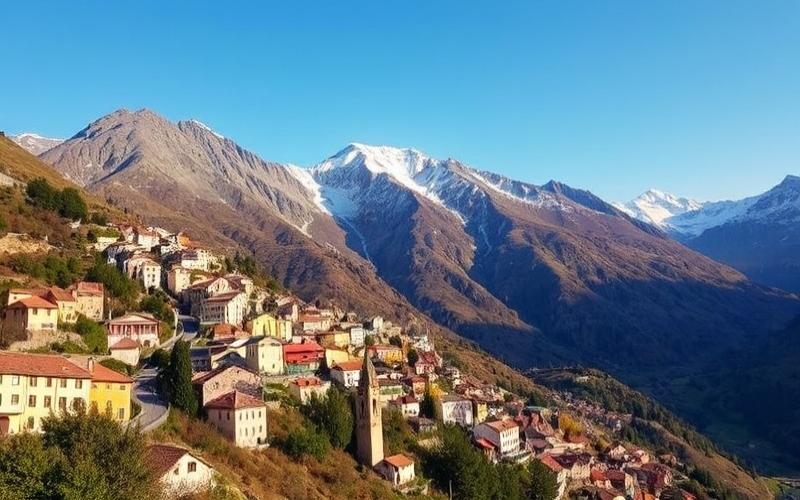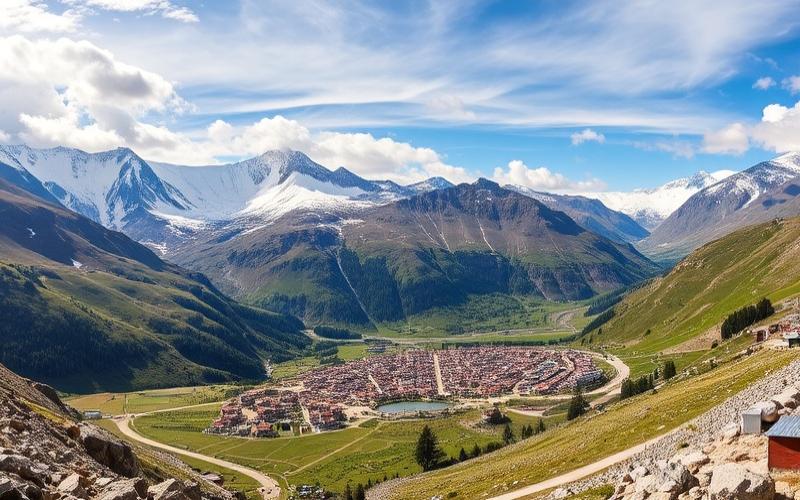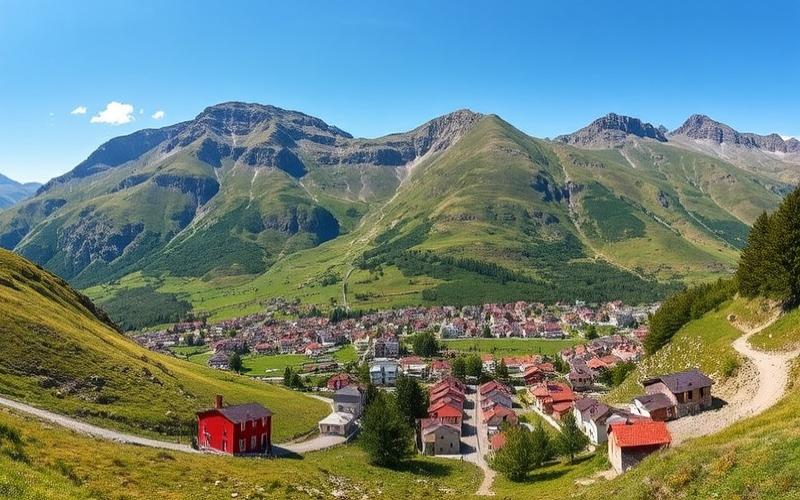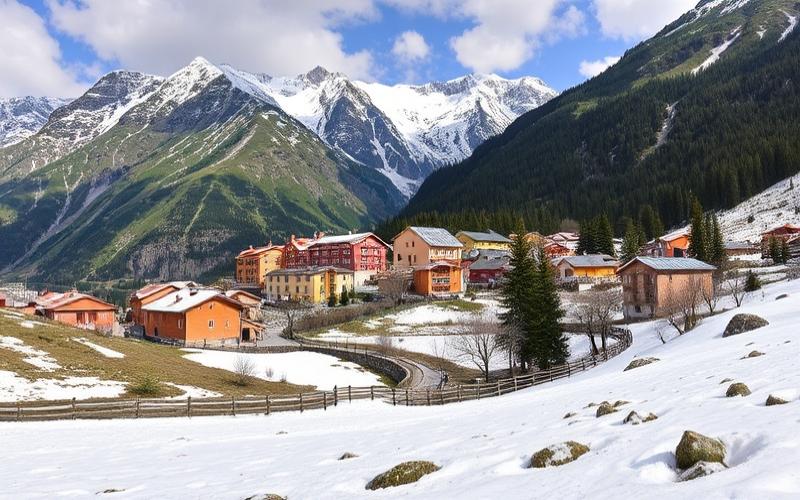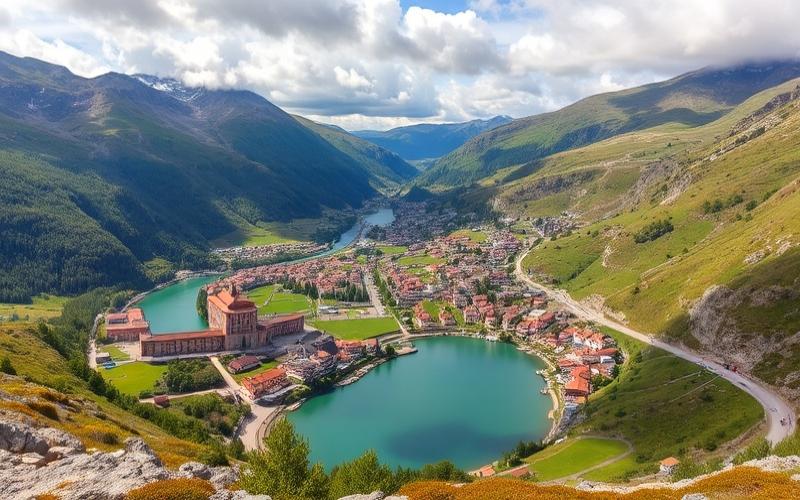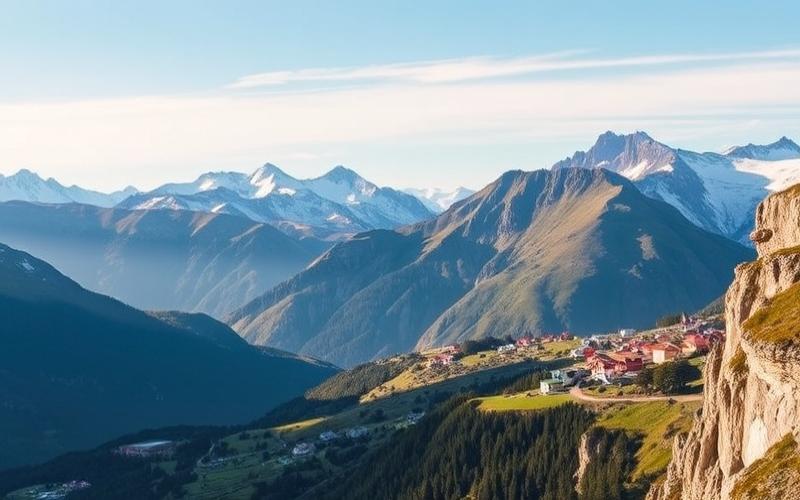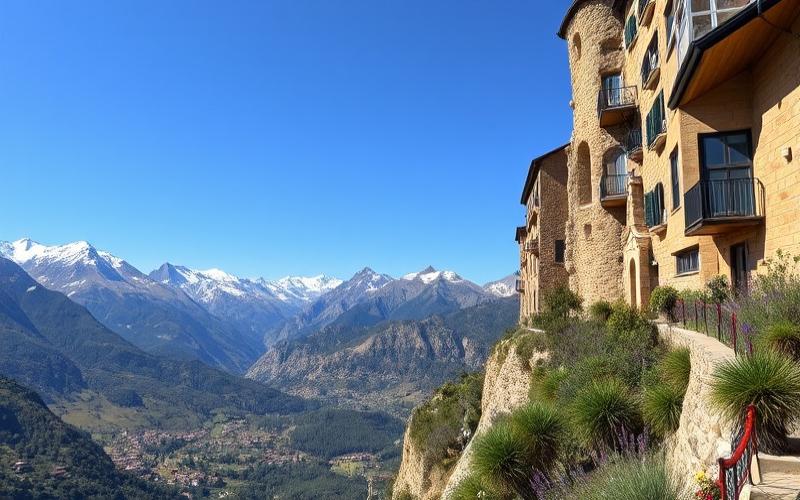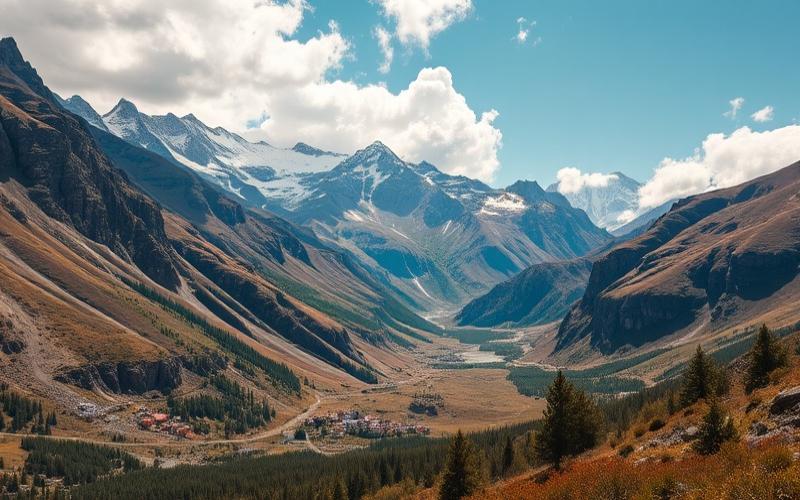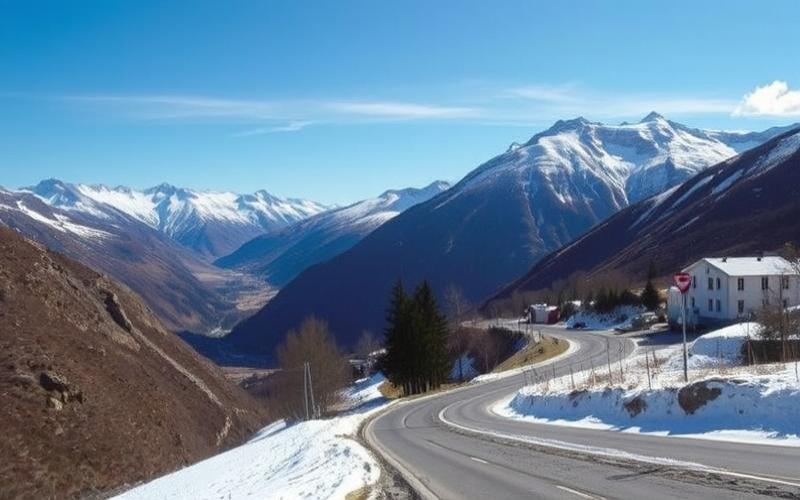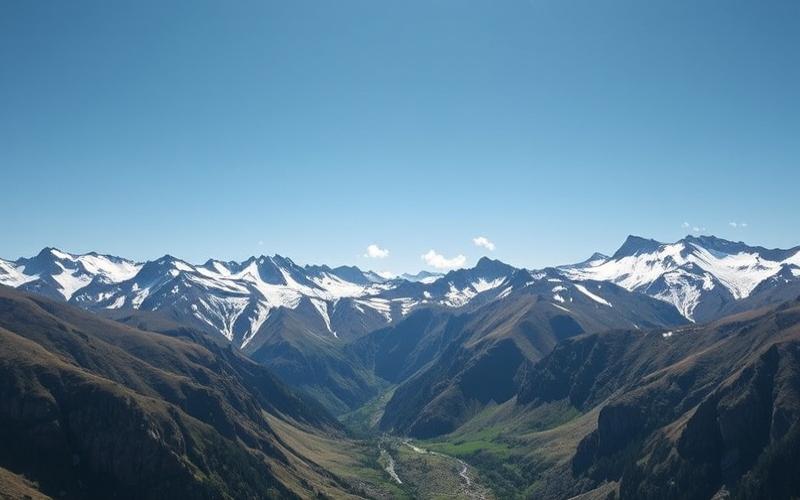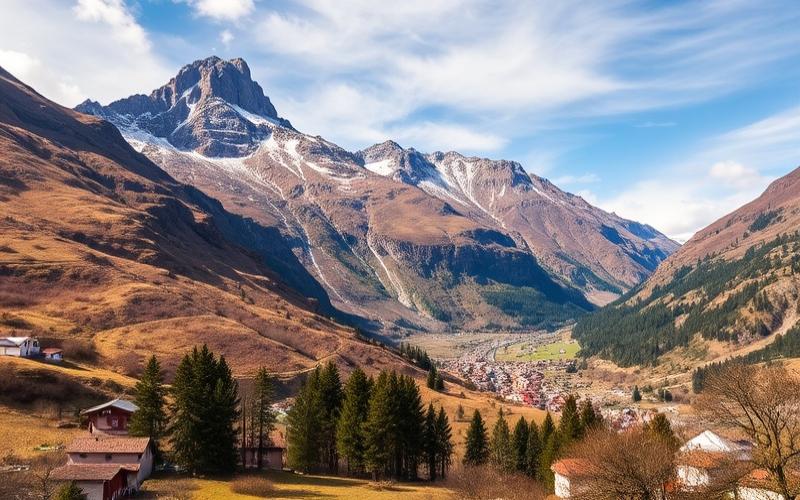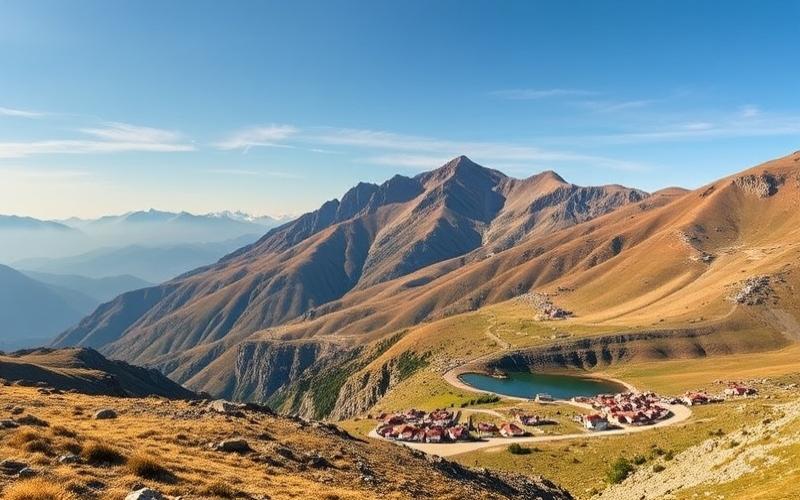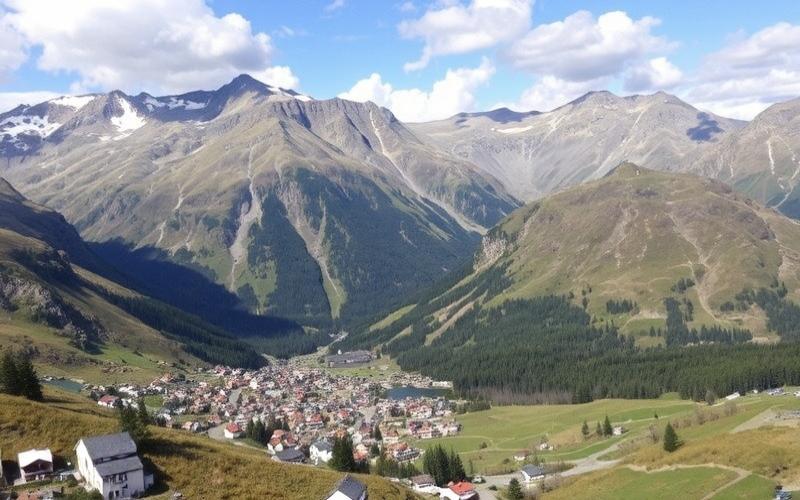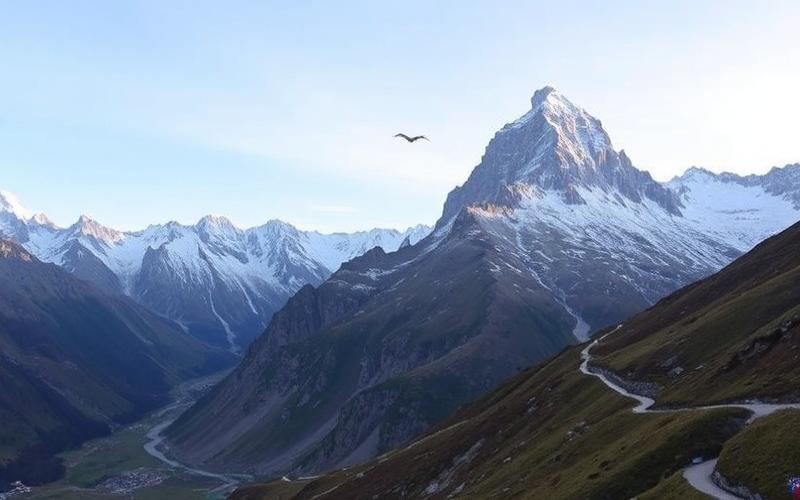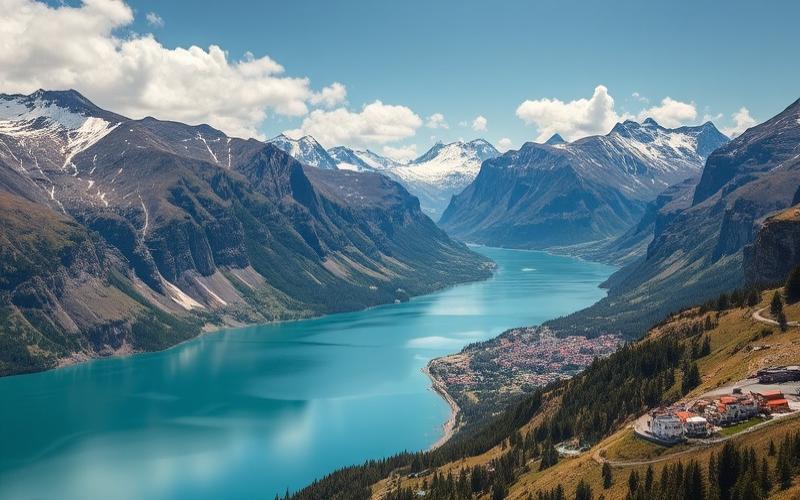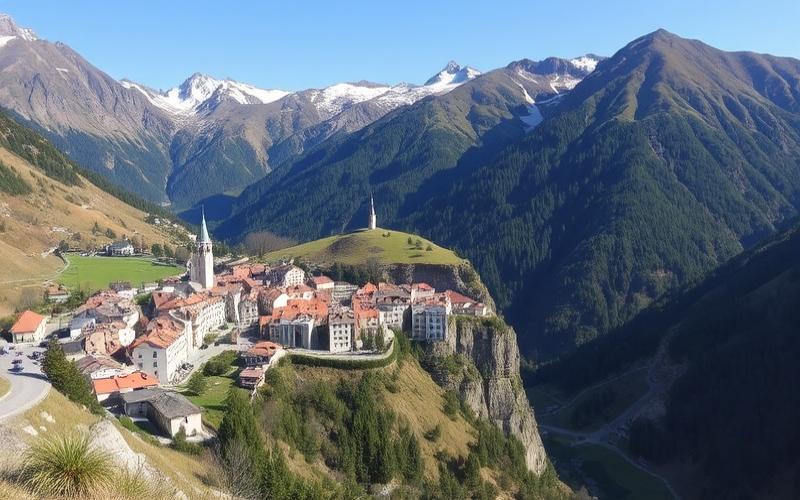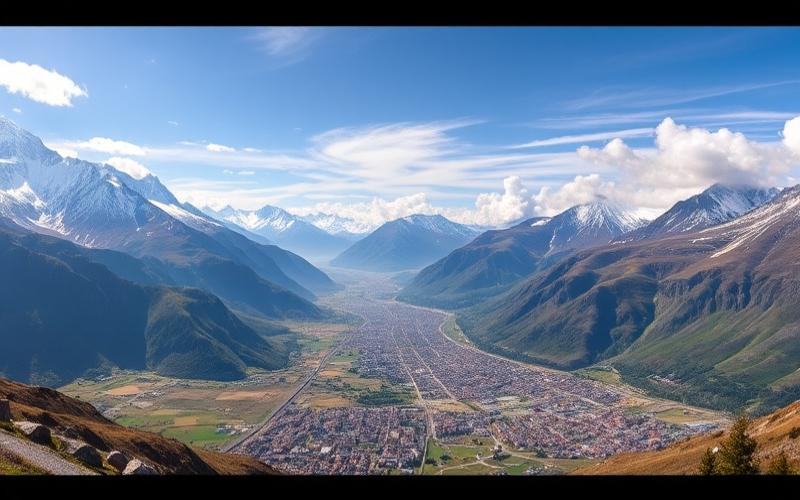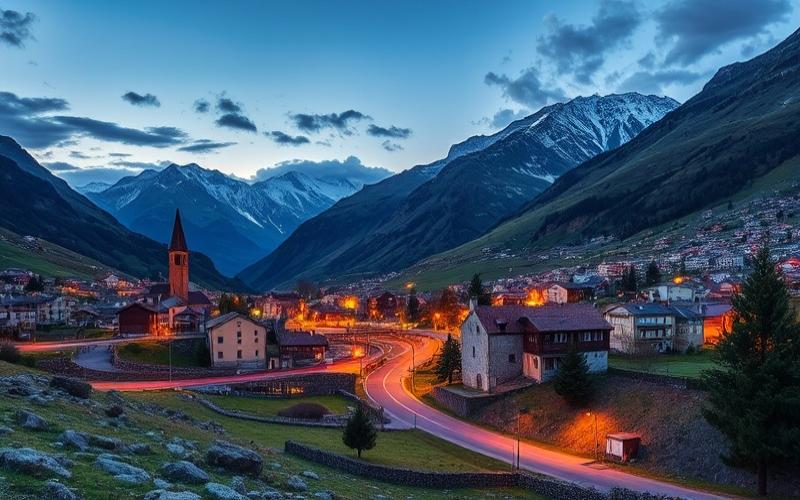
 Published on and written by Cyril Jarnias
Published on and written by Cyril Jarnias
In an increasingly connected world
The phenomenon of digital nomads continues to grow, redefining the concept of workplace and highlighting scenic landscapes for temporary settlement. Among trending destinations, Andorra is experiencing a notable influx of these mobile workers, attracted by its mountainous scenery and favorable taxation.
Impact on the rental market
However, this trend creates consequences for the local rental market, generating both opportunities and challenges for resident populations. Indeed, the growing influx of these international professionals causes rent fluctuations and alters regional economic dynamics, complicating an already fragile balance.
Good to know:
Andorra is particularly prized for its exceptional living environment and tax advantages, making it a prime destination for digital nomads.
Understanding the digital nomad phenomenon in Andorra
Digital nomads choose Andorra for several major reasons:
- Tax advantages:
- Low income tax rate.
- No capital gains tax.
- “Tax haven” status attracting entrepreneurs and freelancers seeking to maximize their income.
- Quality of life:
- Affordable cost of living compared to other European countries.
- Efficient and accessible healthcare system.
- High security, virtually non-existent crime.
- Exceptional natural landscapes (mountains, skiing, hiking).
- Internet connectivity:
- Complete fiber optic coverage throughout the territory.
- Average speed exceeding most professional needs (around 40 Mbps).
Typical profiles of digital nomads in Andorra:
- Technology entrepreneurs and startup founders
- IT freelancers (developers, web designers)
- International consultants
- Digital content creators (bloggers, videographers)
Main industries represented by these profiles:
| Sector | Description |
|---|---|
| Technology | Software development, SaaS |
| Digital Marketing | SEO, social media management |
| Consulting & Advisory | International business strategy |
| Finance & Crypto | Cryptocurrency trading |
| Digital Creation | Blogging, YouTube videos |
Challenges faced by digital nomads in Andorra:
Local integration:
- Difficulty fully integrating into a small, tight-knit community
- Limited networking outside expatriate circles
Language barriers:
- Official language: Catalan; Spanish and French common but English less widespread
- Access to administrative services sometimes complex without Catalan knowledge
Infrastructure supporting nomadic lifestyle:
List of main available resources:
- Modern coworking spaces: e.g., Andorra Coworking Space, Caldea Coworking
- Wi-Fi equipped cafes for flexible work
- Varied housing: furnished short-term apartments or coliving suited for flexible stays
Networking opportunities:
- Active expatriate communities
- Regular digital-focused events
- Local media dedicated to entrepreneurs
In summary, Andorra combines attractive tax environment, excellent alpine quality of life, and high-speed connectivity suited for remote work. Main challenges lie in cultural and linguistic integration along with housing management amid growing demand. Dedicated telework infrastructure continues evolving to meet international expectations.
Good to know:
Andorra attracts digital nomads through appealing tax benefits, high quality of life, and reliable internet connection essential for remote work. Typical profiles include digital professionals, consultants, and tech entrepreneurs drawn by mountain scenery and clean air. Regarding challenges, local integration can prove complex, exacerbated by language barriers between Catalan, French, and Spanish. However, the country offers suitable infrastructure like modern coworking spaces, varied flexible housing, and networking events, facilitating connections with other digital nomads. Preferred industries mainly include tech, digital marketing, and finance, though opportunities exist in other sectors too.
The rise of coliving and its appeal to digital nomads
Definition and main characteristics of coliving
Coliving is a shared housing format combining private spaces (bedroom or studio with bathroom, sometimes kitchenette) and generous common areas (kitchen, living room, coworking, garden, gym, rooftop, etc.). It offers enriched living experience through numerous included services (cleaning, internet, maintenance, concierge, etc.), a “turnkey” formula, and environment fostering conviviality and sharing. The goal is enabling everyone to have their own home while benefiting from community life and practical, flexible solutions.
| Key coliving elements | Description |
|---|---|
| Private space | Individual bedroom/studio, often furnished, sometimes with bathroom/kitchenette |
| Common areas | Kitchen, living room, coworking, leisure, gardens, etc. |
| Included services | Internet, cleaning, maintenance, insurance, sometimes concierge |
| Flexibility | Flexible leases, possibility of short stays |
| Community & conviviality | Activities, exchanges, mutual aid, events |
Why coliving particularly attracts digital nomads?
- Flexibility: Rental contracts are much more flexible than traditional leases, allowing short stays or extensions without heavy administrative constraints.
- Cost: Shared model enables splitting numerous expenses (rent, utilities, equipment, services), making overall cost often lower than independent rental with equivalent services.
- Community: Digital nomads seek environment conducive to meetings, exchanges, and professional networking. Coliving meets this need for quick integration and social life in new environment.
- Adapted workspaces: Presence of integrated coworking spaces or offices is major asset for remote workers.
Examples and recent popularity statistics
- Number of coliving projects strongly increased since 2018, with accelerated post-pandemic growth, demand driven by young professionals, freelancers, and digital nomads.
- In Europe, over 500 coliving projects recorded in 2024, including about thirty in France operational or developing, mainly in urban and tourist areas.
- According to sector surveys, up to 40% of coliving users identify as “digital nomads” or mobile workers.
Coliving adoption in Andorra and impact on rental market
- Rise of telework and Andorra’s attractive tax policy increasingly attract digital nomads, stimulating coliving solution development in the principality.
- Andorran rental market, historically tight, sees coliving offers emerging that optimize housing occupancy, valorize underused properties, and meet growing residential flexibility demand.
- For owners and investors, coliving represents opportunity to diversify offerings and increase property profitability through shared management and short/medium-term stays.
Challenges and opportunities for digital nomads and local stakeholders
Opportunities:
- For digital nomads: easy integration, cost savings, immediate community access, attractive living environment.
- For local stakeholders: real estate portfolio valorization, local economy dynamism, response to growing flexible and connected housing demand.
Challenges:
- Adapting local regulations to these new residential uses (taxation, lease management, tenant rights).
- Risk of upward pressure on traditional rents, potentially increasing permanent residents’ housing access difficulty.
- Maintaining balance between attractiveness for digital nomads and preserving local identity.
Key takeaways
Coliving, originally designed for digital nomads, is transforming Andorran rental market by offering flexible, economical, and community solutions. This trend opens local dynamism perspectives but also requires regulatory adaptations and social balance vigilance.
Good to know:
Coliving, blending cohabitation and coworking, is defined by shared spaces and included services, offering essential flexibility for digital nomads seeking short-term, affordable housing solutions. In Andorra, this flourishing accommodation mode increasingly attracts these mobile workers through reduced costs and opportunity to join collaborative community fostering professional exchange. Recent statistics show 25% increase in coliving spaces dedicated to digital nomads nationwide, figure demonstrating its growing popularity. This trend influences Andorran rental market by introducing shorter, flexible rental models, generating both challenges for traditional real estate players and opportunities for innovative developers. Digital nomads thus benefit from solution adapted to their wandering lifestyle while stimulating local market through economic contribution and residential neighborhood animation.
Short-term rental impact on the rental market
Analysis of current Andorran rental market and growing role of short-term rentals
Andorran rental market is marked by significant price increases, both purchase and rental, with over 12% rent increase in 2024 and record reaching €21.20/m². Sustained housing demand, particularly in urban and tourist areas like Canillo and Andorra la Vella, explained by country’s tax attractiveness and tourism dynamism. Short-term rentals play growing role: they attract investors and owners through high profitability potential, fueled especially during tourist seasons.
Direct and indirect effects of platforms like Airbnb
- Overall rent increase due to partial real estate transfer toward seasonal rentals.
- Reduced availability for long-term rentals in highly demanded parishes.
- Progressive erosion of profitability difference between traditional and seasonal rentals; previously higher for short-term (up to +50%), now tending to equalize under general shortage effect.
Influence of demand generated by digital nomads
Andorra’s popularity among digital nomads, attracted by favorable tax regime, efficient digital infrastructure, and high quality of life, intensified rental market pressure:
- Increased demand for flexible furnished housing suited for temporary stays.
- Encouragement for specific “mid-term” (1–6 months) hybrid offers between classic tourism and permanent residence.
Imbalances created between local housing and short-term rentals
| Aspect | Local housing | Short-term rental |
|---|---|---|
| Availability | Decreasing | Increasing |
| Price | Rising | Rapidly rising |
| Occupancy | Annual stability | Strong seasonal variation |
| Social impact | Weakened local cohesion | Increased tourist flow |
This imbalance accentuated in tourist areas where supply for permanent residents dwindles against that dedicated to vacationers or short professional stays.
To address this real estate tension:
- Implementation of mandatory special permits for renting via platforms like Airbnb.
- Strict limitation on maximum allowed duration (under 30 days) to avoid excessive residential conversion toward short-term.
- New requirements tied to resident status: mandatory proof of permanent housing during official application or administrative renewal.
These measures mainly aim to protect residential market against uncontrolled surge that would durably penalize both local inhabitants and new permanent residents.
Testimonials observed among owners/real estate agents
Main noted trends:
- Growing scarcity of properties available for long-term rental
- Constant price pressure often favoring strategy focused on quick yield offered by seasonal rentals
- Cautious future forecasts: possible anticipation of slowdown if regulation too strict
“It’s becoming difficult for our local clients or those recently settled in Andorra to find year-round available apartments. Many prefer renting few weeks to tourists rather than signing long lease with uncertainty.”
“We observe that even outside ski high season, some properties remain voluntarily vacant to be offered only during these lucrative periods.”
International comparison with other regions hosting digital nomads/short-term rentals
| Region/Country | Observed trends |
|---|---|
| Lisbon | Price explosion & permanent housing scarcity |
| Barcelona | Strict Airbnb regulation since 2019 |
| Berlin | Annual quotas/minimum rental imposed |
In these cities also facing digital nomadism phenomenon coupled with short-term platforms:
- Local authorities mostly reacted via annual quotas, strict limitation or even total ban in some central districts. Regulatory adjustments became essential to preserve permanent housing accessibility while maintaining economic attractiveness tied to new-generation tourism.
Good to know:
In Andorra, rental market undergoes notable transformations due to rising short-term rentals, strongly influenced by digital nomads. Platforms like Airbnb play predominant role by increasing rents and reducing long-term housing availability, exacerbating imbalance between local and tourist accommodation, especially in urban areas. Local authorities might consider regulations to balance these dynamics, drawing inspiration from measures adopted elsewhere, like limiting rental days. Andorran owners and real estate agents note enthusiasm for short-term and anticipate this trend continuing, while comparisons with other regions reveal similar adaptation patterns to nomadic worker influx.
Wi-Fi infrastructure and its importance for digital nomads
Wi-Fi infrastructure in Andorra is now among Europe’s most advanced, thanks to modernized fiber optic network and extensive coverage even in mountainous areas. Connection quality distinguished by stability and high speeds, meeting digital nomads requirements who depend on reliable internet access for professional activities.
| Criterion | Detail |
| Network quality | Stable very high-speed connection thanks to national fiber optics |
| Speed | Standard plans at 300 Mbps, with increase prospects for general public |
| Coverage | Fiber available in all parishes; free public Wi-Fi in urban centers |
| Alternatives | Satellite access possible (e.g., Starlink) to guarantee connectivity outside urban areas |
Recent national network modernization, finalized in 2024 by Andorra Telecom, includes:
- Widespread replacement of fiber equipment (XGSPON/10GPON ONT installations)
- Centralized deployment of routers integrating latest-generation Wi-Fi
- Planned nighttime interventions to minimize user impact
Public and private initiatives strengthened digital attractiveness:
- Establishment of “Andorra Wi-Fi” service: free hotspots accessible in main tourist areas, shopping streets, public buildings, or mountain refuges
- Universal offers with controlled rates guaranteeing affordable access for all
- Collaboration between private operators (cafes, hotels) offering free Wi-Fi to customers
For digital nomads, these characteristics represent several advantages:
- Stable connection essential for video conferences or large transfers
- Easy access to public Wi-Fi during professional travels
- Possibility to resort to satellite as alternative solution
Reported experience feedback:
- Frequently cited advantages: exceptional speed and reliability (“I never had single outage during my meetings”), easy setup upon arrival.
- Occasional noted challenges: sometimes need for local subscription as European roaming doesn’t apply; lower speed on some saturated public networks during tourist peaks.
Andorran government’s constant efforts aim not only to guarantee “total digital inclusion,” but also position country as attractive hub for mobile workers. Continuous improvement — notably with progressive Wi-Fi 7 adoption — should reinforce this dynamic:
Good to know:
Andorran internet infrastructure combines high technical reliability, exhaustive coverage including at altitude, and facilitating public policies – all major assets attracting growing international community of digital nomads.
Good to know:
Andorra boasts robust Wi-Fi infrastructure, generally offering quality connection with speeds exceeding 100 Mbps, effectively covering majority of territory, proving essential for digital nomads. These workers, often dependent on stable internet connections for remote work, find in Andorra favorable digital environment thanks to local government and private operator initiatives aiming to further strengthen this infrastructure. Digital nomad testimonials reveal that, despite some more isolated rural areas where coverage can sometimes be weaker, overall experience remains positive, with reliable access enabling efficient professional activity management. These constant efforts to improve internet access contribute to reinforcing Andorra’s appeal for this community, potentially increasing their presence and impacting country’s rental market.
Disclaimer: The information provided on this website is for informational purposes only and does not constitute financial, legal, or professional advice. We encourage you to consult qualified experts before making any investment, real estate, or expatriation decisions. Although we strive to maintain up-to-date and accurate information, we do not guarantee the completeness, accuracy, or timeliness of the proposed content. As investment and expatriation involve risks, we disclaim any liability for potential losses or damages arising from the use of this site. Your use of this site confirms your acceptance of these terms and your understanding of the associated risks.

